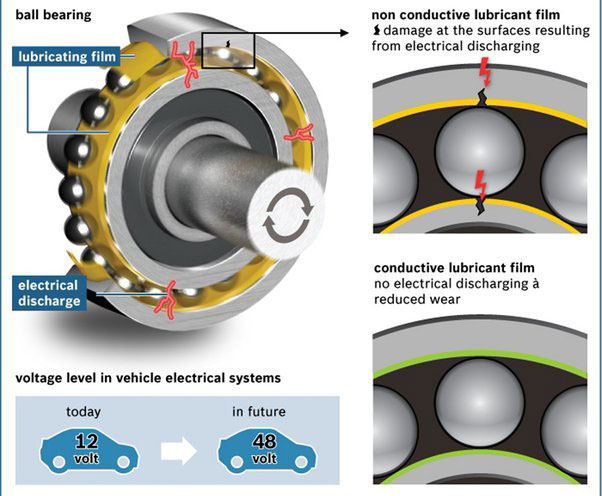How to Lubricate Spindle Bearings
Spindle bearings are prone to failure when they are not lubricated properly. Typical lubrication systems use a mist system to apply a thin film of oil onto the spindle. The mist system consists of an air filter/regulator, oil pump, and injector block. The mist system is usually installed in a panel on the lathe. The regulator controls the amount of oil misted into the bearings. Once atomized, oil is carried to the spindle through the bearings and some mist is also spilled onto the lathe's spindle. The mist rate is typically twenty drops per minute, but can range from five to eighty dpm.
Grease is the preferred lubricant for spindle bearings because of its low hydrodynamic frictional losses. This leads to improved machining performance. It is also more cost-effective than oil and reduces operating temperatures. Oil lubrication is also useful in high-speed applications. However, it requires strict adherence to the maintenance schedules.

In recent years, the main spindle of multipurpose machine tools has been required to operate at higher speeds. This increases the efficiency of machining and improves the quality of the finished piece. The lubrication system has to cope with the increased speed and heat generated by the spindle. Different lubrication techniques are available for spinning machines, such as jet or under-race lubrication. In the latter, the lubricating oil is force-fed onto the internal bearing. However, large amounts of oil increase the agitation resistance of the oil.
Oil-air systems are another option. The air flow passes over small amounts of oil in a tube to disperse the oil. Oil-air systems are suitable for high-speed bearing applications, but are not suitable for all situations. In addition, these systems require constant feeding of small amounts of oil to the bearing.
- Previous: The Preferred Configuration For Lathe Spindle Bearings
- Next: Oil Mist Delivery System for Spindle Bearings











